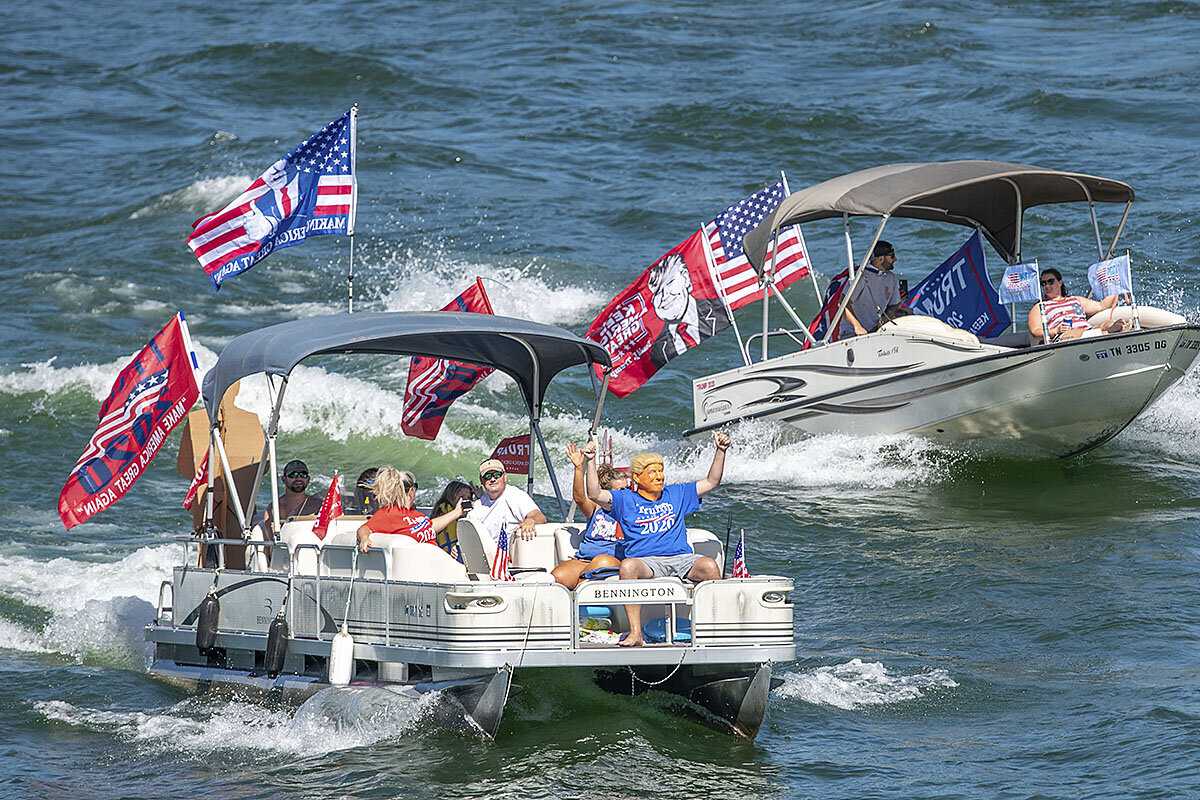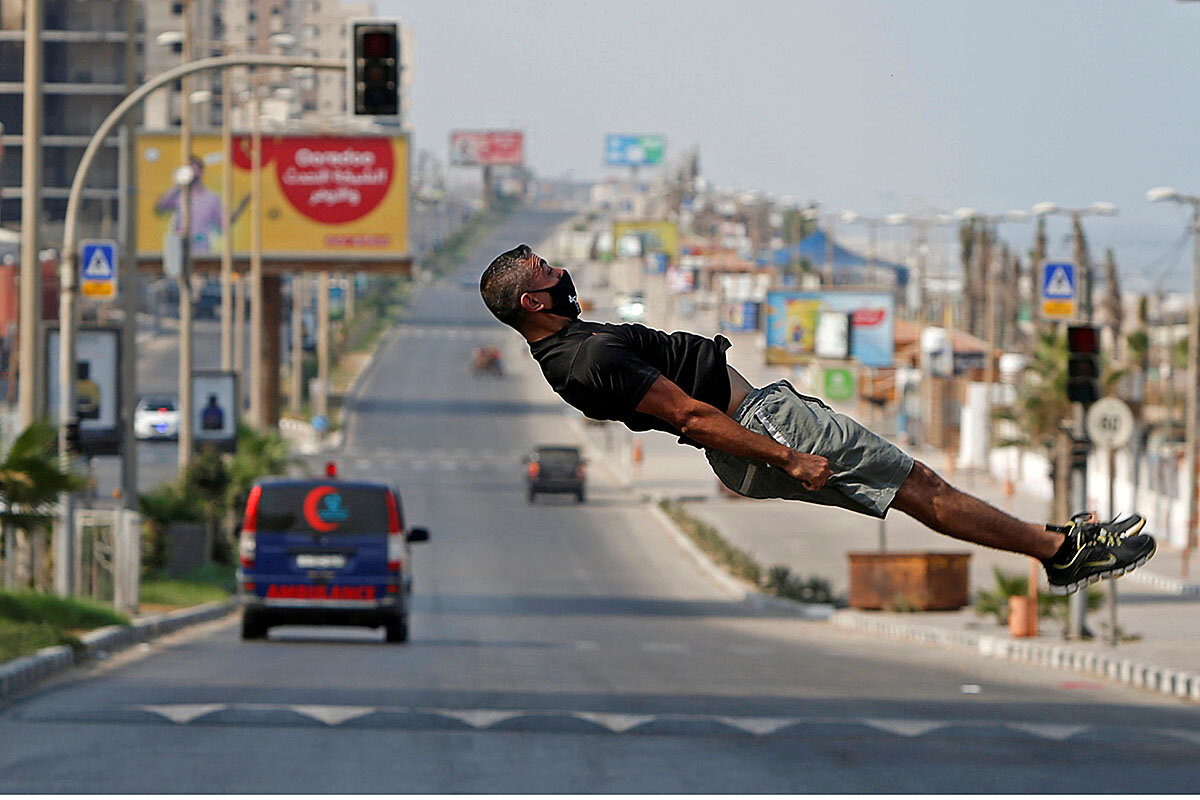The notion of the Arab and Muslim world as a cauldron of perpetual religious strife – and thus a place to avoid – has been a difficult rap to beat. Yet many countries keep defying the myth. The latest may be Sudan. On Sept. 3, its prime minister, Abdalla Hamdok, signed an agreement to enshrine the principle of “separation of religion and state” in the constitution. In addition, political parties would not be established on a religious basis.
Sudan joins Tunisia, Iraq, Lebanon, and a few other Muslim-majority countries that are trying to curb their sectarian divisions or the strict imposition of sharia, or Islamic law, on civic and private life. Notions of political equality are rising up, led mostly by youthful protesters who rely on the Arabic term for citizens: muwatinun.
Sudan’s move toward secular governance comes out of pro-democracy protests that felled a dictator, Omar al-Bashir, in April 2019. His three-decade legacy of Islam as the de facto state religion is slowly being overturned in favor of a unifying “civilian state.” An interim constitution makes no mention of sharia. The transitional government has abolished the apostasy laws as well as corporal punishment or flogging of non-Muslims. It allows non-Muslims to drink alcohol. It has banned female genital mutilation, a practice tied to certain religious views of women.
Religious freedom is not yet assured in Sudan. The military has a strong hand in an 11-member council preparing for full democracy in two years. Many hardcore Islamists oppose the idea of religious equality or even peaceful coexistence among faiths. They will have a say in writing a final constitution.
More than 90% of Sudan’s 45 million people are Muslim while 6% are Christian. One member of the ruling council is a Coptic Christian.
What makes Sudan’s progress worth noting is that a number of scholars have lately tried to revive the memory of Muslim-majority lands having an inclusive society during the Ottoman Empire of the late 19th century. An 1876 law, for example, passed under the Ottoman constitution declared the equality of all subjects as citizens. One slogan during the 1919 Egyptian Revolution was “Religion is a matter for God and the homeland is for all.”
It was external pressures, such as Western colonization during the 20th century, that escalated conflicts between Muslims, Christians, Jews, and others, the scholars point out. “Religious diversity does not have to generate a problem of political sectarianism,” writes Ussama Makdisi, a historian at Rice University. It is “simply wrong to analyze sectarianism as if it is age-old and some self-evident phenomenon.”
For scholar Alexander Henley at the University of Oxford, the region’s authoritarian regimes want the United States to believe that “sectarianism is ancient and unfixable so that we will fear democratization in the Middle East as much as they do.”
“Sectarianism is a problem, but let us remember that it’s a new problem, and that what can be made can also be unmade,” he writes in an article published by Georgetown University.
The task for the Mideast is to reinvent the ecumenical coexistence that it once enjoyed, or to “illustrate a far richer reality that we often lose sight of in our despair today,” says Dr. Makdisi. That despair, and along with it the fire of religious hatreds, may be lifting in places like Sudan. A history of past coexistence has a future.
 Mark Sappenfield
Mark Sappenfield










